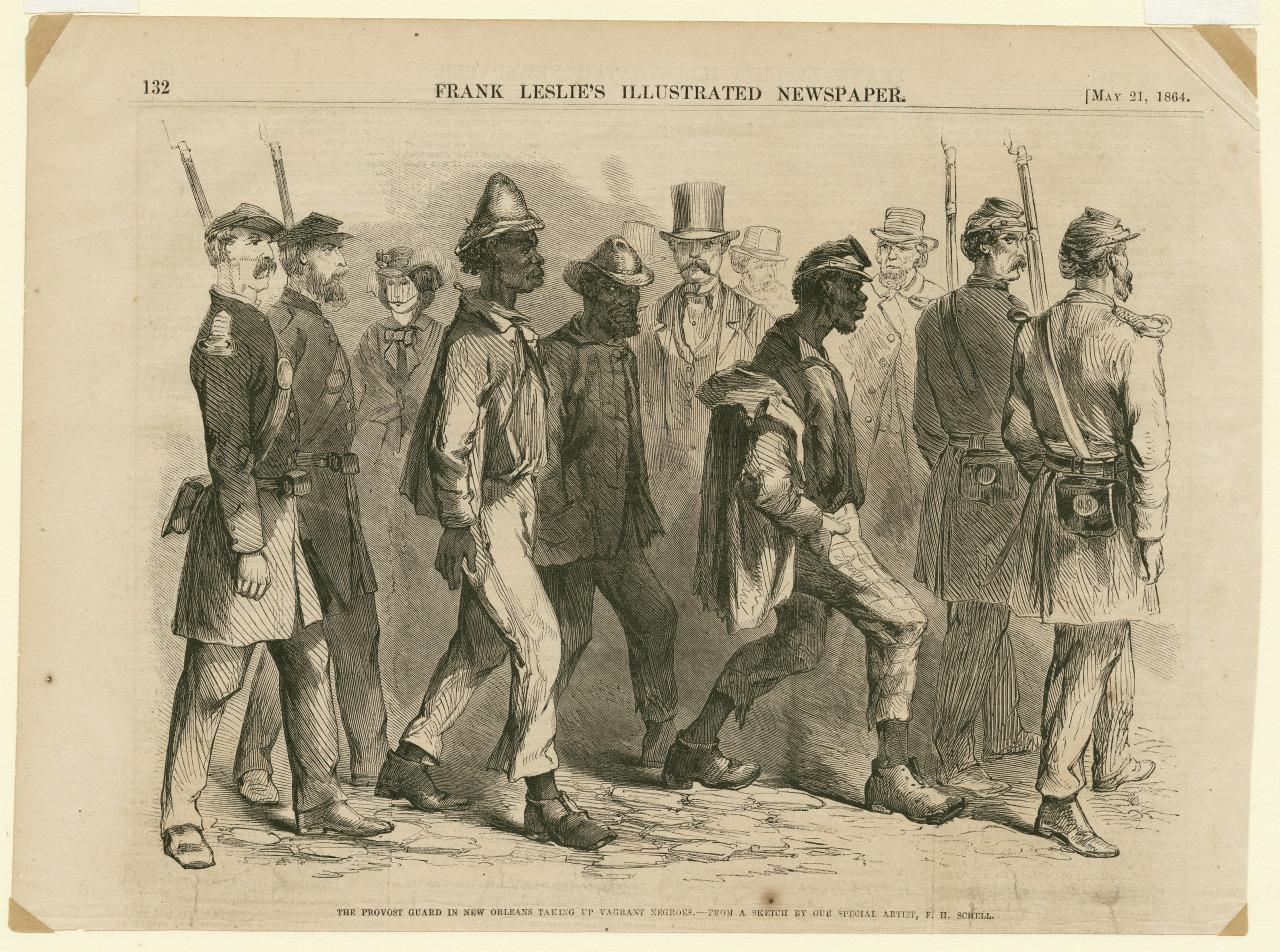A Brazilian Artist’s ‘Self-Portraits’ Explore The Beauty Of Interracial IdentityPosted in Articles, Arts, Brazil, Caribbean/Latin America, Identity Development/Psychology, Media Archive on 2016-06-18 23:46Z by Steven |
A Brazilian Artist’s ‘Self-Portraits’ Explore The Beauty Of Interracial Identity
The Huffington Post
2016-06-17
Katherine Brooks, Senior Arts & Culture Editor
In honor of mestizaje, Adriana Varejão paints herself donning the markings and ornamentation of Native Americans.
In 1976, a Brazilian census asked citizens of the country — for the very first time — to describe and identify their own skin color.
This was a significant moment for the former European colony, now considered one of the most ethnically diverse nations in the world, that’s historically struggled with discriminatory policies that disproportionately affect African descendants and interracial people. Though it may have been used for more nefarious purposes at the time, the census was a small step in affirming the many identities that exist in Brazil, wedged in the massive gap between black and white.
The survey produced over 130 different skin color descriptions, ranging from “Morena-roxa” (purplish-tan) to “Café-com-leite” (milky coffee) to “Queimada-de-sol” (sun-kissed). Fast forward a few decades, and Brazilian artist Adriana Varejão became transfixed with the multitude of colors expressed in the census, interested in the ways it illustrated — in sensual detail — the beauty of mestizaje, or the mixing of ancestries, in her home.
So in 2014, Varejão, who lives and works in Rio de Janeiro, created “Polvo,” a series of self-portraits that explore the diversity of identity in Brazil using a paint palette inspired by the 1976 census. First, she mixed oil paints herself, reproducing colors like “Amarela-quemada” (burnt yellow or ochre) and “Paraíba” (like the color of marupa wood) as pigments. Then, she painted her own image, over and over, in a variety of browns, pinks, blacks and whites; a reflection of the many ways Brazilian self-definition takes form…
Read the entire article here.





